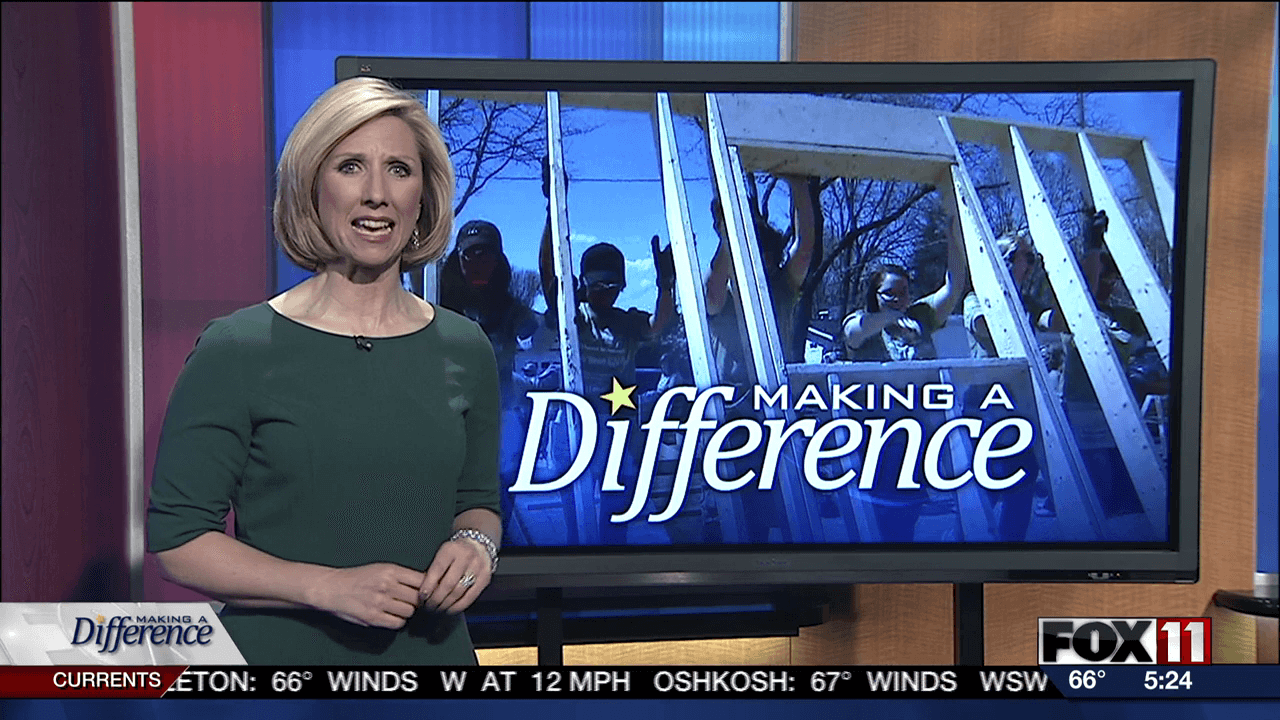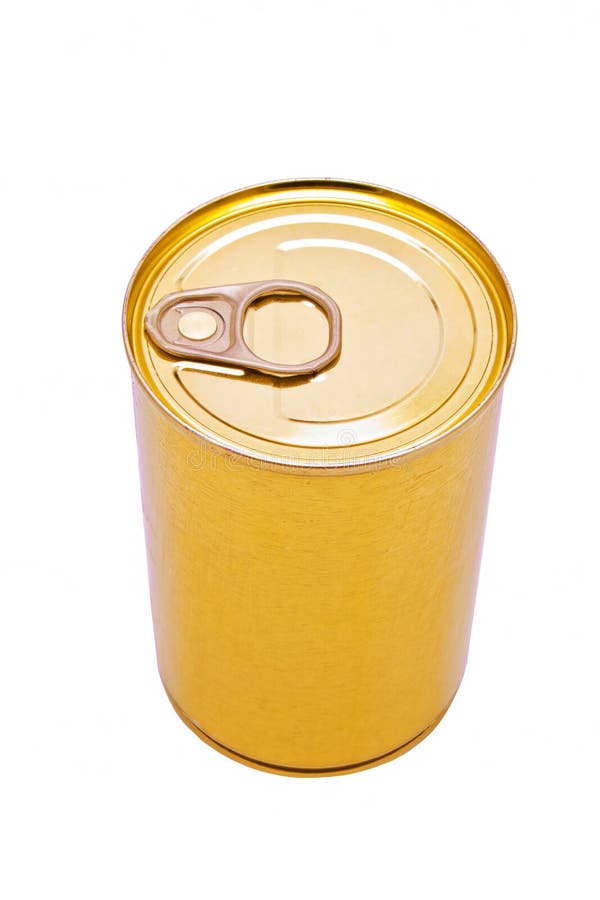Food Handler Jewelry Guidelines: What’s Permitted in Food Service
Food handler jewelry guidelines: understand the rules
Work in food service come with specific regulations design to ensure food safety and prevent contamination. One area that oftentimes raise questions is what jewelry food handlers can wear while work. Whether you’re a new employee or a seasoned professional, understand these guidelines is essential for maintaining proper food safety standards.
Why jewelry restrictions exist in food service
Before diving into what’s permit, it’s important to understand why restrictions exist in the first place. Jewelry pose several potential hazards in food handling environments:
-
Physical contamination risk:
Jewelry items can fall into food, create a choke hazard or physical contaminant. -
Bacterial harbor age:
Rings, bracelets, and watches can trap food particles, bacteria, and other contaminants that may transfer to food. -
Clean interference:
Jewelry can interfere with proper handwashing, make it difficult to clean under and around accessories. -
Safety concerns:
Dangle jewelry might get catch in equipment, pose a safety risk to the wearer.
FDA food code and jewelry regulations
The FDA food code, which serve as the basis for most state and local food safety regulations, addresses jewelry specifically. Accord to the food code, food employees may not wear jewelry on their arms and hands while prepare food. Notwithstanding, there be some important exceptions to this rule.
Plain wedding bands
The nigh common exception to jewelry restrictions is a plain wedding band. A simple, smooth wedding ring without stones or intricate designs is typically permitted because:
- It presents minimal risk of harbor bacteria when decent maintain
- It’s less likely to catch on equipment or fall into food
- It can be efficaciously clean during handwash
Notwithstanding, eventide wedding bands should be removed when handle raw meat, poultry, or seafood to prevent cross contamination. Some establishments may require food handlers to cover plain rings with gloves during food preparation.
Medical alert jewelry
Medical identification bracelets or necklaces are another common exception to jewelry restrictions. These items serve a critical safety purpose for employees with medical conditions. If you need to wear medical alert jewelry:
- Inform your supervisor about the necessity of the item
- Consider secure the bracelet tightly to prevent movement
- Use gloves to cover medical bracelets when possible
- Clean and sanitize the jewelry regularly
Some food service establishments may request that medical alert tags be wear as a necklace tuck inside clothing kinda than as a bracelet when possible.
Jewelry that is typically prohibit
Most food service establishments prohibit the follow jewelry items for food handlers:
Rings with stones or elaborate settings
Engagement rings, fashion rings, or any rings with stones, crevices, or elaborate settings are loosely not permit because:
- Stones can potentially fall out and contaminate food
- Crevices in settings can trap food particles and bacteria
- Raise settings can tear gloves, compromise food safety barriers
Watches and fitness trackers
Wristwatches and fitness trackers are typically prohibited because:
- They can not be adequately clean during handwash
- The bands can harbor bacteria and moisture
- They may distract from food handling tasks
If you need to track time, consider wall clocks or timers in the food preparation area alternatively.
Bracelets and bangles
All types of bracelets, include bangles, charm bracelets, and woven bracelets, are mostly prohibit because:
- They move during food handling, potentially contaminate surfaces
- They can harbor bacteria in links and connections
- They interfere with proper handwashing and glove use
Earrings and facial piercings
While not on hands or arms, earrings and facial piercings may too be subject to restrictions:
-
Studs vs. Dangle earrings:
Small studs may be permitted in some establishments, while dangling earrings are most invariably prohibit due to the risk of fall into food. -
Facial piercings:
Many establishments require facial piercings to be removed or cover with a bandage while work.
Alternative options for food handlers
If you work in food service but soundless want to express yourself through accessories, consider these alternatives:
Silicone wedding bands
Silicone wedding bands have become progressively popular among food service workers because:
- They’re non-porous and don’t harbor bacteria
- They’re easy to clean and sanitize
- They break out if catch in equipment, reduce injury risk
- They come in various colors and styles
Many food handlers wear silicone bands during shifts and switch to traditional rings when off duty.
Necklaces underclothing
Necklaces wear under uniforms and totally cover by clothing are mostly acceptable in most food service environments, provide they:

Source: hislonjewelers.com
- Remain firmly tuck inside clothing at all times
- Don’t present a safety hazard when lean over
- Are clean regularly to maintain hygiene
Post shift accessories
Consider keep your favorite jewelry items in a secure location and put them on after your shift end. This allows you to express your personal style while maintain food safety standards at work.
Navigate different workplace policies
It’s important to note that jewelry policies can vary between establishments. Some factors that influence these variations include:
Type of food service operation
Different types of food service operations may have different jewelry policies:
-
Fine dining:
May have stricter appearance standards but however must comply with food safety regulations -
Fast food:
Frequently have corporation wide uniform policies that address jewelry -
Institutional food service:
May have additional safety considerations beyond basic food handling
Front of house vs. Backrest of house roles
Jewelry policies frequently differ base on job responsibilities:
-
Food preparers:
Face the strictest jewelry limitations -
Servers:
May have more flexibility if they’re not flat prepare food -
Hosts and cashiers:
Oftentimes have the well-nigh lenient jewelry policies if they don’t handle unwrapped food
Local health department regulations
While the FDA food code provide general guidelines, specific regulations can vary by location:
- Some health departments purely enforce no jewelry policies
- Others allow exceptions with proper precautions
- Local regulations may have additional requirements beyond federal guidelines
Best practices for food handlers regard jewelry
Disregarding of specific workplace policies, will follow these best practices will help will ensure food safety:

Source: jewelrystar.blogspot.com
When in doubt, leave it away
If you’re unsure whether a particular piece of jewelry is permit:
- Consult your employee handbook
- Ask your supervisor direct
- Err on the side of caution by remove questionable items
Regular cleaning and maintenance
For permit jewelry items like plain wedding bands:
- Clean exhaustively during handwash procedures
- Sanitize regularly with food safe sanitizers
- Inspect for damage that might create food safety hazards
Glove usage with jewelry
When wear permit jewelry with gloves:
- Ensure gloves fit decently over jewelry without tear
- Change glove often, particularly if they tear
- Be aware that gloves don’t eliminate the need for jewelry restrictions
Consequences of non-compliance
Fail to follow jewelry policies in food service can have serious consequences:
Food safety violations
Health inspectors routinely check for jewelry compliance during inspections. Violations can result in:
- Points deduct from health inspection scores
- Formal citations require corrective action
- Follow-up inspections to ensure compliance
Workplace disciplinary actions
Employers take jewelry policies earnestly and may implement progressive discipline for violations:
- Verbal warnings for first offenses
- Write documentation for repeat violations
- Potential termination for ongoing non-compliance
Liability concerns
Beyond regulatory issues, jewelry relate contamination can lead to:
- Customer injuries from foreign objects in food
- Foodborne illness outbreaks from bacterial contamination
- Legal liability for both employees and establishments
Communicating jewelry policies to staff
For food service managers and owners, clear communication about jewelry policies is essential:
Training and orientation
Effective training approaches include:
- Cover jewelry policies during new hire orientation
- Explain the rationale behind restrictions
- Demonstrate proper handwashing with and without jewelry
Visual reminders
Reinforce policies through visual cues:
- Post jewelry policy reminders in employee areas
- Include jewelry checks in pre shift checklists
- Use images to illustrate permit vs. Prohibit items
Consistent enforcement
Maintain policy integrity through:
- Regular monitoring of compliance
- Fair and consistent enforcement across all staff
- Address violations quickly and professionally
Conclusion: balance personal expression and food safety
The restrictions on jewelry for food handlers serve an important purpose in maintain food safety and prevent contamination. While these rules may limit personal expression during work hours, they’re design to protect both consumers and food service workers.
By understanding which jewelry items are permit — typically limit to plain wedding bands and necessary medical alert jewelry — food handlers can stay compliant with regulations while distillery find ways to express their personal style through alternative means or during off duty hours.
Remember that specific policies may vary between establishments, hence ever check your workplace guidelines and local health department regulations for the near accurate information regard jewelry restrictions in your particular food service environment.



